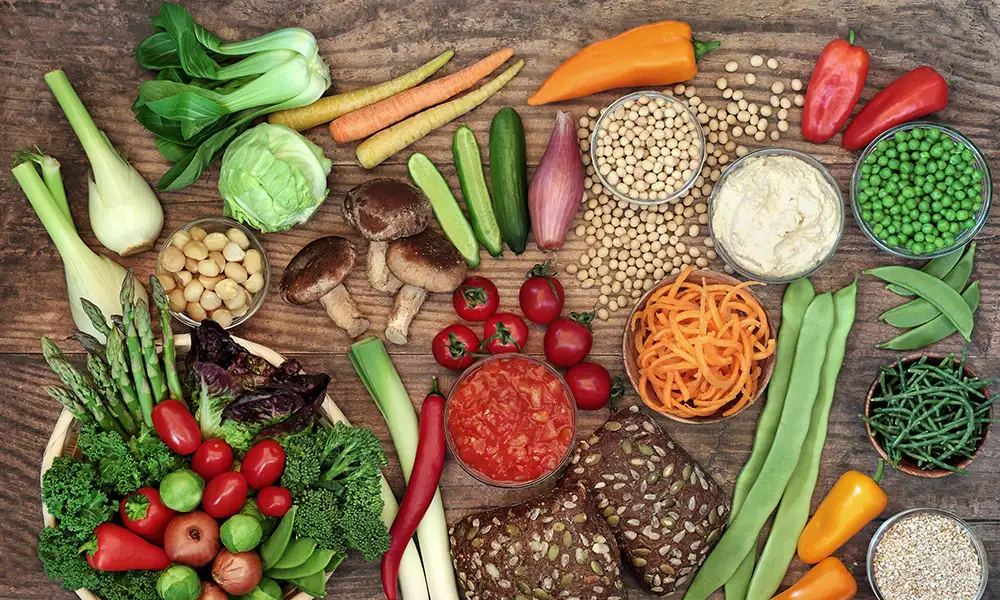Type 2 Diabetes and Glycemic Index
- November 05,2022
- 5 Min Read

Type 2 diabetes usually develops gradually over several years, beginning when muscle and other cells stop responding to insulin. This condition, which is known as insulin resistance, causes sugar and insulin levels to remain high for longer periods after a meal.
Over time, the increasing demands made on the insulin producing cells in the pancreas wears them out, and insulin production eventually stops. So, foods that increase blood sugar levels by a large amount in a short span of time puts more stress on the body’s insulin production and can be detrimental in people with diabetes.
The glycemic index (GI) is a rating system for foods containing carbohydrates. It shows how quickly each food affects your blood sugar (glucose) level when that food is eaten on its own. The rating ranges from 0 to 100, with 100 representing the blood sugar rise when pure glucose is consumed.
Low, medium and high GI
- Low-GI foods: Glycemic index < 55
- Medium-GI foods: Glycemic index is 56-69
- High -GI foods: Glycemic index is 70-100
A low glycemic index food will cause a slow, gradual increase in blood sugar levels and will maintain increased energy levels for a longer duration. A high glycemic index food will cause a quick upsurge in blood sugar levels, thus providing large amounts of energy for a short period of time. Foods with a high glycemic index, like white bread, are rapidly digested and cause substantial fluctuations in blood sugar. Foods with a low glycemic index, like whole oats, are digested more slowly, prompting a more gradual rise in blood sugar.
Risks of a High Glycemic Index Diet
A diet rich in high GI food can lead to increased risk for:
- Type2 diabetes(4–8)
- Heart disease(9–12)
- Obesity/Overweight(8,12,13)
Some studies also show an increased risk for ovulatory infertility in women and increased cancer risk (at several sites including colorectum, esophagus, lung, bladder, endometrium etc)(7,15,16).
A low dietary glycemic index diet also showed a decreased risk for clinical depression.(17)
Factors Affecting the Glycemic Index
Many factors can affect a food’s glycemic index, including the following:
- Processing: Milling and refining of grains – removing the bran and the germ – increases the glycemic index.(1)
- Physical form: Finely ground grain is more quickly digested than coarsely ground grain. Eating whole grains like brown rice or oats is healthier than eating highly processed whole-grain flour bread.
- Cooking time: Longer cooking times can lead to an increase in GI. For example, one study showed that regular rice which had a GI of 58 when cooked for 5 minutes, showed an increase to a GI of 83 when cooked for 15 minutes.(18) A similar effect is seen with the cooking of kidney beans.(19)
- Fiber content: High-fiber foods don’t contain as many digestible carbohydrates, so it slows the rate of digestion and causes a more gradual and lower rise in blood sugar.(1,20)
- Ripeness: Ripe fruits and vegetables tend to have a higher glycemic index than unripened fruit.(1)
Recommendation on Glycemic Index for Diabetics
So, how can the glycemic index help diabetics and others lead a healthier lifestyle? The following are the findings and recommendations by the International Scientific Consensus Summit from the International Carbohydrate Quality Consortium (ICQC):
- Having low GI foods will help reduce your post-meal (postprandial blood sugar (21)
- In general, having a low GI diet helps control your blood sugar in both Type 1 and Type 2 Diabetes.(21)
- In diabetics, having a low GI diet will reduce the risk of heart disease, help weight management as well as decrease the risk of obesity, and help reduce generalized inflammation.(21)
How can you find the Glycemic Index of a food item?
If you want to know the Glycemic Index of a food item, the University of Sydney maintains a free, easily searchable database, where you can search for the glycemic index of 1000s of foods. The website can be accessed by clicking here.
Want to book a test? Fill up the details & get a callback
Most Viewed
Premarital Health Screening
- 20 Min Read
Typhoid - Signs and Symptoms
- 3 Min Read
Home Isolation Guidelines - Covid-19 Care
- 5 Min Read
HLA B27 Detection: Flow Cytometry & PCR
- 1 Min Read














